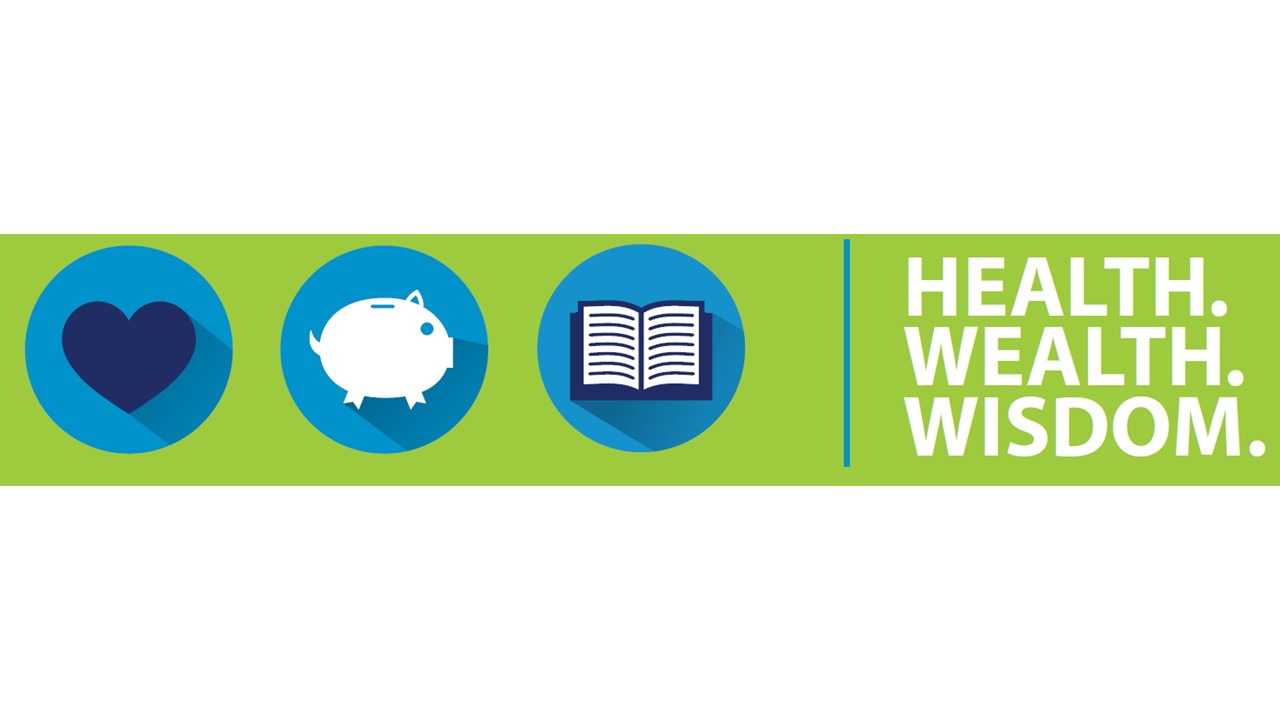News & Articles
Do-It-for-Me Investing: Target-Date Funds
Most of us prefer to let experts do the job when we don’t have the experience, know-how, or time to do it
on our own. Investing in your 401(k) account is no different.
Do-it-yourself investing can be a hit-or-miss proposition, and, according to research, most investors miss.
Why? Do-it-yourself investors often select investments or an asset allocation mix that doesn’t align with their financial goals, investment objectives, or risk tolerance (the amount of loss an investor is prepared to accept). Further, unskilled investors may find it difficult to separate the emotional aspects of investing from the calculated, dispassionate decision-making successful investing often requires. This causes them to buy high and sell low—a fatal and costly investing blunder.
A Do-It-for-Me Approach to Investing
Fortunately, there is an option for those who don’t feel comfortable or don’t have the time to choose
their own investments. Target-date funds (TDFs), available to most 401(k) plan investors, are professionally managed mutual funds that automatically allocate the appropriate mix of stocks, bonds, and fixed income products based on the date an investor expects to retire. In short, TDFs take the guesswork out of investing. Here are three reasons to consider investing in TDFs in your 401(k) account:
1 They dial in diversification.
TDFs mix several different types of stocks, bonds, and other investments to help you take more risks
when you’re young (which usually means a higher concentration of stocks) and gradually get more
conservative (which usually means a higher concentration of bonds or fixed income) with your
investment strategy over time.
2 They are convenient.
The dates in TDF names represent roughly when investors are expected to retire or begin withdrawing
money from their 401(k) accounts. Simply select the fund that most closely correlates to that date, and
you’re done!
3 They are automatic.
TDFs are automatically adjusted over time to become more conservative as your target retirement
date approaches. TDFs also automatically rebalance (asset allocation mixes can skew away from their
original mix over time; rebalancing returns the current investment allocation mix back to the original
on an annual basis).
Two Critical Factors
Here’s an example of how two retirement investors might select a TDF based on two key factors: their current age and when they expect to retire.
Kate is 30 years old. She is still in her early working years, and her expected retirement age of 67 is a long
way away. Because of this, Kate would choose a TDF that most closely corresponds to the year she expectsto retire, which is 2057. Doing this will allow Kate to invest more aggressively now. This is usually done byselecting more risky investments, such as stocks, that give the possibility of bigger gains (which she can livewith given her long time horizon), then adjusting the risk of her investments as she nears retirement.
For Kim, 58, retirement is much closer; she plans to retire in 2029 when she turns 67. Because of this, Kim
would select a TDF with a date that most closely corresponds to that year. That fund will be made up of
more conservative investments (e.g., bonds or fixed income, which are more stable and less prone to big
market swings) that seek to guard against any big losses. The trade-off is it won’t provide many big gains,
either. But that’s okay—preserving an account’s value is important for those who are nearing retirement.
Although Kate’s and Kim’s ages and expected retirement dates are vastly different, one thing is the
same: by selecting a TDF, they can have confidence knowing their retirement dollars are being managed
by investment experts and are being reviewed on a regular basis.
“To-Retirement” Vs. “Through-Retirement” TDFs
Another factor you may encounter with TDFs is how the fund invests your dollars when you reach the
date of retirement. When TDFs are managed with a “to-retirement” strategy, it means they reach their most conservative mix at the target date and remain fixed at that allocation throughout the investor’s retirement years. When TDFs are managed with a “through-retirement” strategy, they continue to adjust to a more conservative mix for a set number of years (typically between 20 and 30) beyond the target date.
Do-It-for-Me or Do-It-Yourself?
If you are intimidated by investing, unsure how to choose investments for your hard-earned retirement
dollars, or simply don’t have the time to keep up with the topsy-turvy financial markets, investing in a TDF
might be a good choice for you. It’s important to remember, however, that everyone’s financial situation,
objectives, and goals can vary and need to be weighed in the decision-making process. Another factor to
consider is the cost of TDFs; they are generally more expensive than regular mutual funds because you’re
paying an expert to automatically invest and adjust assets on your behalf. Talk with your financial advisor or your company’s retirement plan advisor to help you make an informed choice.
Investments in target-date or target-retirement funds are subject to the risks of their underlying holdings. The year in the fund name refers to the approximate year (the target date) when an investor in the fund would retire and leave the workforce. The fund will gradually shift its emphasis from more aggressive investments to more conservative investments based on its respective target date. The performance of an investment in a target-date or target-retirement fund is not guaranteed at any time, including on or after the target date, and investors may incur a loss. Target-date and target-retirement funds are based on an estimated retirement age of approximately 65. Investors who choose to retire earlier or later than the target date may wish to consider a fund with an asset allocation more appropriate to their time horizon and risk tolerance.
© Copyright 2020 | Shamrock Wealth Management | All Rights Reserved

